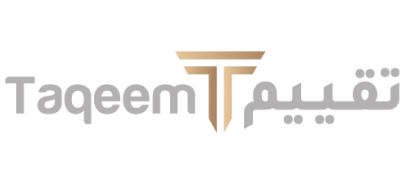BusinessWhereToFind
For a variety of reasons, intangible assets are nearly always more difficult to value than tangible assets. In the case of intellectual property (IP), intangible assets have no precise counterparts by definition; this uniqueness is the distinguishing feature of IP. Because it’s understood that comparable can be difficult to define—and because intangible assets are, well, intangible—active markets, when they exist, are less definite in determining value. Value determination can be difficult, especially in the case of fresh, unproven IP, because it is heavily reliant on forecast accuracy. As a result, objective metrics for evaluating intangible assets are few. As intangible assets account for an ever-increasing share of all company assets, valuation methodologies and models for correctly valuing intangibles—particularly intellectual property (IP)—are becoming increasingly crucial. In this article, we’ll look at what falls under the umbrella of intangible assets and examine how to value intangible assets.
What are intangible assets?
Intangible assets (intangibles) are any asset that lacks physical form yet still has value for the owner. Intangibles fall into two broad categories: identifiable intangibles and value enhancement.
Intangible assets (intangibles) are any assets that do not have a physical form but are nonetheless valuable to the owner. Identifiable intangibles and value enhancement are the two types of intangibles.
Intellectual property (IP), including as patents and trademarks, customer relationships, and contracts, all fall into the identifiable intangibles bucket. These assets usually have legal property rights and can be sold or split from the company. Owners can profit from these assets by charging license fees or royalties, or by selling them. Intangibles like as work procedures, skilled management, and so on fall into the second group, and a trained workforce provide competitive advantages and enhance the value of a going concern but cannot be sold separately from the enterprise.
Intangible Assets: Valuation Methods
Given their intangible and one-of-a-kind character, determining how to value intangible assets boils down to picking the correct valuation method—and using good judgment.
The five basic intangible asset valuation methods are based on the three classic approaches to valuation—market, income, and cost—and integrate ideas and aspects from each. One method will almost certainly be more suited than the others for determining the value of specific intangible assets.
The following are the five approaches for valuing intangible assets:
- Relief from Royalty Method (RRM): In the RRM, value is calculated based on hypothetical royalty rates that would be saved by owning the asset. Ownership of an intangible means that the business doesn’t have to pay for the use of the asset. The RRM is often used to value trademarks and computer software, and it incorporates elements of both the market (royalty rates for comparable assets) and income (estimates of revenue, growth, and tax rates) approaches.
- With and Without Method (WWM): Using the WWM, the intangible asset’s value is determined by calculating the difference between a discounted cash flow model for the enterprise with the asset and a discounted cash flow model without the asset.
- Multi-Period Excess Earnings Method (MPEEM): A variation of discounted cash-flow analysis, the MPEEM isolates cash flows associated with a specific intangible asset, then discounts them to present value. It is most often applied when a single asset is the primary basis of a company’s value—and cash flows associated with the asset can be isolated from overall cash flows. Software and customer relationships are examples of assets that may be valued using the MPEEM.
- Real Option Pricing: Assets that are not presently generating cash flows but have the potential to do so in the future are candidates for valuation using option pricing models. Undeveloped patent options are one example. Option pricing models can capture the “time value” of these types of assets.
- Replacement Cost Method Less Obsolescence: As with the cost approach, replacement cost method less obsolescence relies on establishing a replacement cost new for the intangible asset—what it would cost to create “from scratch”—and is then adjusted for obsolescence, the equivalent of applying depreciation in the cost approach.
Intangible asset valuation is more challenging than tangible asset valuation and frequently necessitates extensive judgment. A seasoned valuation specialist, on the other hand, can compute a defensible fair market value using these methodologies.
Need help determining the fair market value of your intangible assets?
Our valuation and transfer pricing experts at Taqeem have decades of combined experience in providing accurate, defensible values and services. Please contact us to learn more about how we can assist your organization with all of its valuation and transfer pricing requirements.

